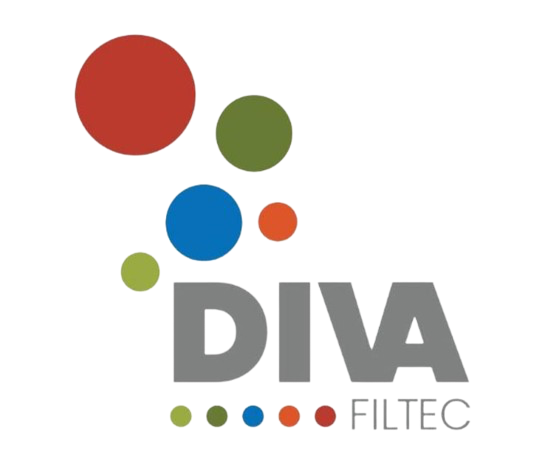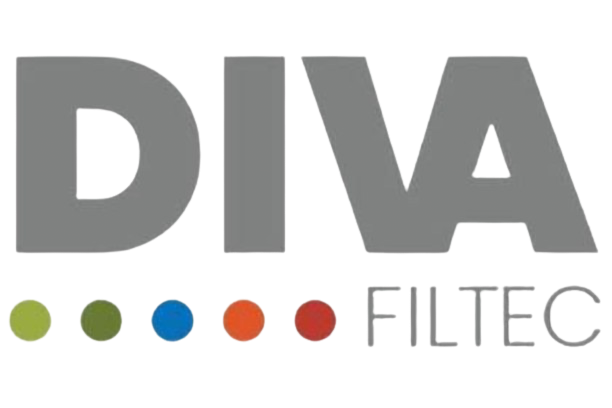Hot Gas Filtration: A Comprehensive Technical Insight
Hot gas filtration stands as a pivotal process, addressing the imperative need to remove toxins, pollutants, and contaminated particles from high-temperature gas streams in various industrial domains. This intricate procedure finds its application across a spectrum of industries, including advanced power generation, chemical manufacturing, oil refineries, incineration facilities, metal refining processes, and metal recycling units. The raison d’être behind adopting hot gas filtration lies in its potential to enhance process efficiency, intensify various industrial processes, elevate product quality, and ensure compliance with stringent environmental regulations.
Diva Filtec's offering of CONTUFILT-M serves Hot Gas Filtration applications
However, embedded within the promise of hot gas filtration are challenges that necessitate meticulous consideration. These challenges span the selection of appropriate filter media, the design intricacies of optimal filter configurations, and the reliable implementation of filter cleaning methods. In this extensive exploration, we delve into the diverse types of filter media, the factors influencing the design of robust hot gas filtration systems, and the nuanced challenges and opportunities inherent in this critical industrial process.
Filter Media: Wide Selection of Materials
Filter media emerge as the unsung heroes in the realm of hot gas filtration, playing a decisive role in capturing and retaining particles from the gas stream. The choice of filter media becomes a cornerstone for achieving optimal performance, durability, and cost-effectiveness. Let’s navigate through a compendium of materials, each exhibiting unique advantages and considerations, tailored to specific applications and operating conditions:
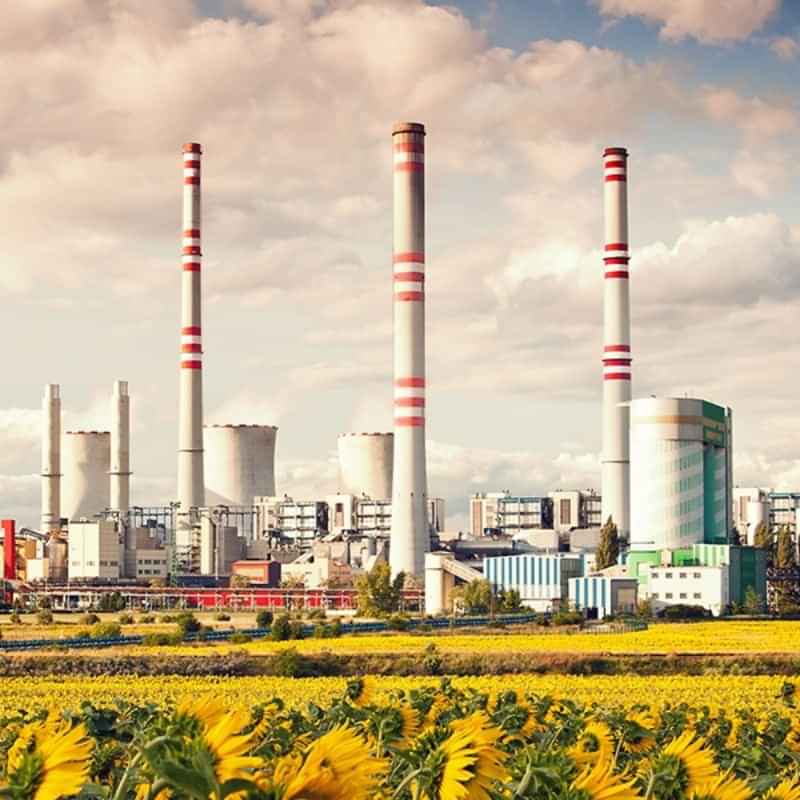
Titanium
Advantages:
– High corrosion resistance
– High melting point
– Low density
Limitations:
– Expensive
– Prone to oxidation and embrittlement
Sintered Powder: A Porous Confluence
Advantages:
– High porosity
– Increased surface area
– High filtration efficiency
Limitations:
– Low mechanical strength
– High-pressure drop
– Susceptible to clogging
Sintered Mesh: Weaving Strength and Efficiency
Advantages:
– High mechanical strength
– Enhanced permeability
– Superior filtration efficiency
Limitations:
– Low porosity
– Limited surface area
– Higher cost

Ceramic Foams: Pores of Promise
Advantages:
– High porosity
– Expanded surface area
– Efficient filtration
Limitations:
– Low mechanical strength
– Vulnerable to thermal shock
– Prone to cracking
Ceramic Refractory Tubes: Hollow Strength
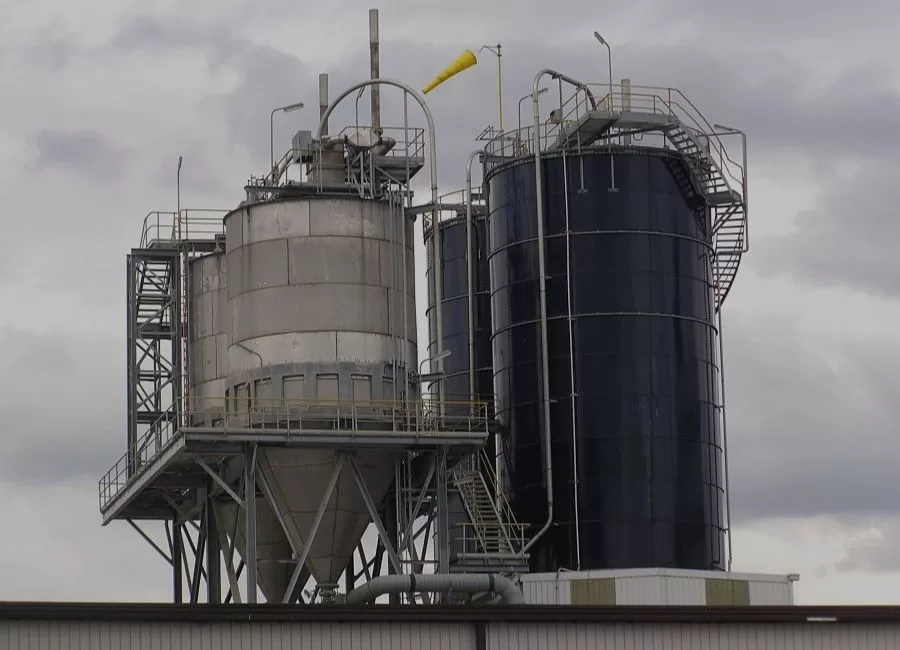
Advantages:
– High mechanical strength
– Resilience to thermal shock
– Efficient filtration
Limitations:
– Low porosity
– Restricted surface area
– Elevated cost
Inconel: Resisting the Elements
Advantages:
– High corrosion resistance
– Impervious to oxidation
– Temperature resilience
Limitations:
– Expensive
– Susceptible to fouling and erosion
FeCrAl Alloys: An Alloyed Shield
Advantages:
– Robust corrosion resistance
– Enduring oxidation resistance
– High-temperature resilience
Limitations:
– Expensive
– Vulnerable to fouling and erosion
PTFE: Polymer Elegance
Advantages:
– High chemical resistance
– Hydrophobic properties
– Efficient filtration
Limitations:
– Expensive
– Vulnerable to thermal degradation
– Prone to mechanical damage
Glassfiber: Threads of Strength
Advantages:
– High mechanical strength
– Thermal stability
– Efficient filtration
Limitations:
– Brittle
– Susceptible to abrasion and corrosion
Ryton: Polymer Fortitude
Advantages:
– High chemical resistance
– Thermal stability
– Efficient filtration
Limitations:
– Expensive
– Susceptible to oxidation and hydrolysis
Nomex: Woven Resilience
Advantages:
– High mechanical strength
– Thermal stability
– Efficient filtration
Limitations:
– Expensive
– Susceptible to oxidation and hydrolysis
P84: Polyimide Tenacity
Advantages:
– High chemical resistance
– Thermal stability
– Efficient filtration
Limitations:
– Expensive
– Susceptible to oxidation and hydrolysis
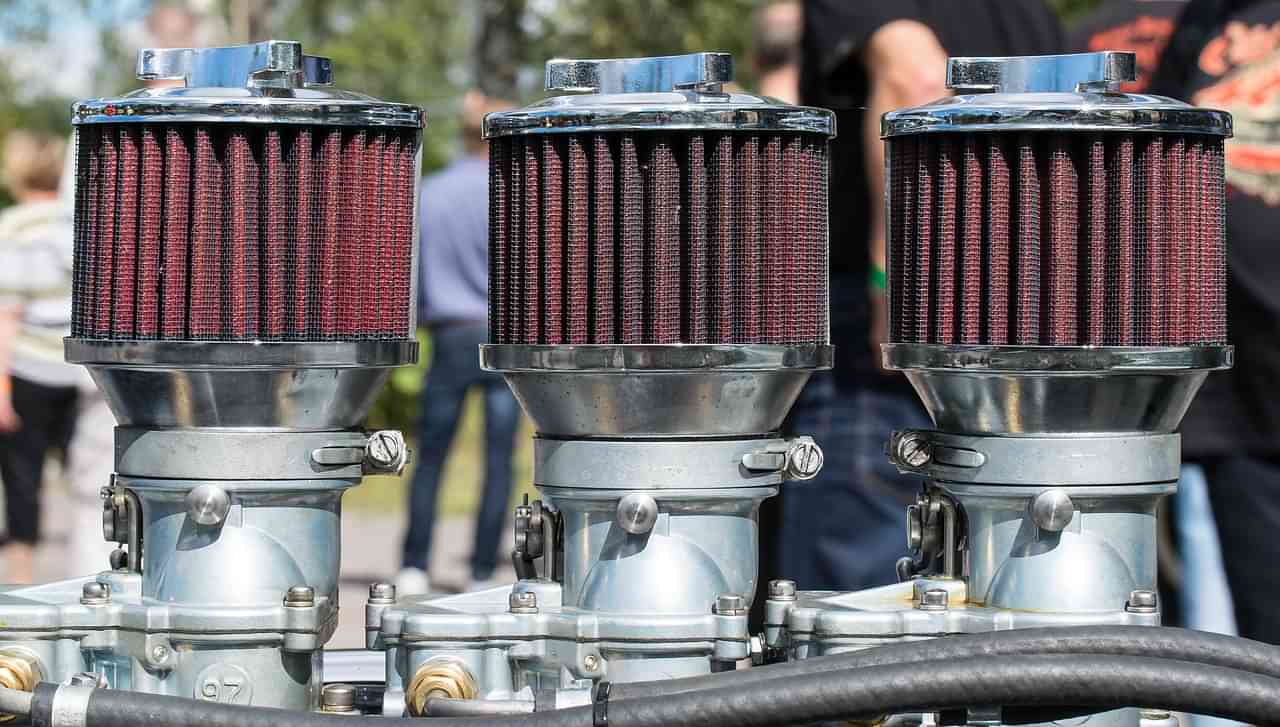
Selecting the apt filter media hinges on the specific characteristics of the gas stream, encompassing temperature, pressure, composition, and particulate size and concentration.
Design Parameters: Navigating the Maze
Crafting an effective hot gas filtration system entails a meticulous consideration of several design parameters. These parameters, intricately linked to the properties of the gas stream and emission requirements, demand meticulous optimization to ensure peak performance and longevity. Let’s navigate through the key design parameters:
Filter Media: The Pinnacle of Selection
The choice of filter media serves as the linchpin in the entire hot gas filtration system. It must align seamlessly with the characteristics of the gas stream, encompassing temperature, pressure, composition, and particulate size and concentration. The selected filter media should boast high thermal and chemical resistance, mechanical strength, filtration efficiency, and cost-effectiveness. Moreover, compatibility with the filter configuration, cleaning method, and operation mode is imperative.
Filter Configuration: Shaping Efficiency
The design of the filter configuration involves determining the shape, size, and arrangement of filter elements. This pivotal parameter should be meticulously crafted to maximize the filtration area while minimizing the pressure drop across the system. Striking this delicate balance ensures an efficient and sustainable hot gas filtration process.
Applications: Diverse Landscapes Explored
Hot gas filtration finds its versatile application across an array of industries, each with its unique set of requirements and challenges. Let’s unravel the diverse landscapes where hot gas filtration proves indispensable:
Coal Gasification: Navigating the challenges of high-temperature gas streams in the transformation of coal into valuable products.
Flue Gases:
Mitigating environmental impact by removing pollutants from exhaust gases generated in various industrial processes.
Plastic to Oil:
Addressing the complexities of gas streams in the transformative process of converting plastic into valuable fuels.
Incineration:
Ensuring efficient removal of contaminants from gas streams generated during waste incineration.
Plasma Gasification: Tackling the intricacies of gas streams in the cutting-edge process of plasma gasification for waste treatment.
Cement and Clinker Production:
Meeting the demands of high-temperature gas streams in the production of cement and clinker.
NH3-Air Mixture for Nitric Acid:
Addressing the specific challenges of hot gas filtration in the production of Nitric Acid using NH3-air mixtures.
In each application, the choice of filter media and the intricacies of system design are tailored to meet specific temperature, pressure, and composition requirements.
This extensive exploration merely scratches the surface of the intricate world of hot gas filtration. As we embark on this journey, subsequent sections of this blog will delve deeper into the challenges posed by hot gas filtration and unravel innovative solutions and emerging trends in this dynamic field. Stay tuned for a comprehensive understanding of how this critical process continues to shape the landscape of industrial gas treatment, ushering in an era of efficiency, sustainability, and technological advancement.
Diva Filtec is an engineering company specializing in diverse process improvement technologies for various industries.
Contact
Industry
Quick Links
- Director's Desk
- Trademark Details
- Career
© 2024 Diva Filtec Pvt Ltd. All Rights Reserved.
